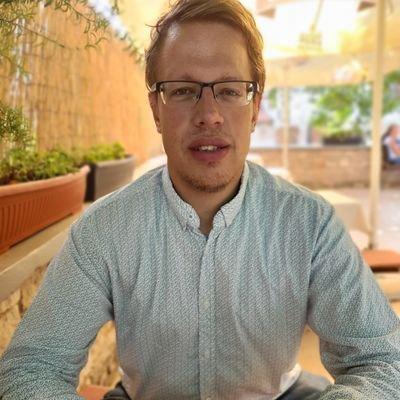I am still not buying the new-open-source-friendly-Microsoft narrative
Photo source: Patrick Bellot (@pbellot) | Unsplash
This week Microsoft released Computational Network Toolkit (CNTK) on GitHub, after open sourcing Edge's JavaScript engine last month and a whole bunch of projects before that.
Even though the open sourcing of a bunch of their software is a very nice move from Microsoft, I am still not convinced that they have changed to the core. I am sure there are parts of the company who believe that free and open source is the way to go, but it still looks like a change just on the periphery.
All the projects they have open-sourced so far are not the core of their business. Their latest version of Windows is no more friendly to alternative operating systems than any version of Windows before it, and one could argue it is even less friendly due to more Secure Boot restrictions. Using Office still basically requires you to use Microsoft's formats and, in turn, accept their vendor lock-in.
Put simply, I think all the projects Microsoft has opened up so far are a nice start, but they still have a long way to go to gain respect from the open-source community. What follows are three steps Microsoft could take in that direction.








